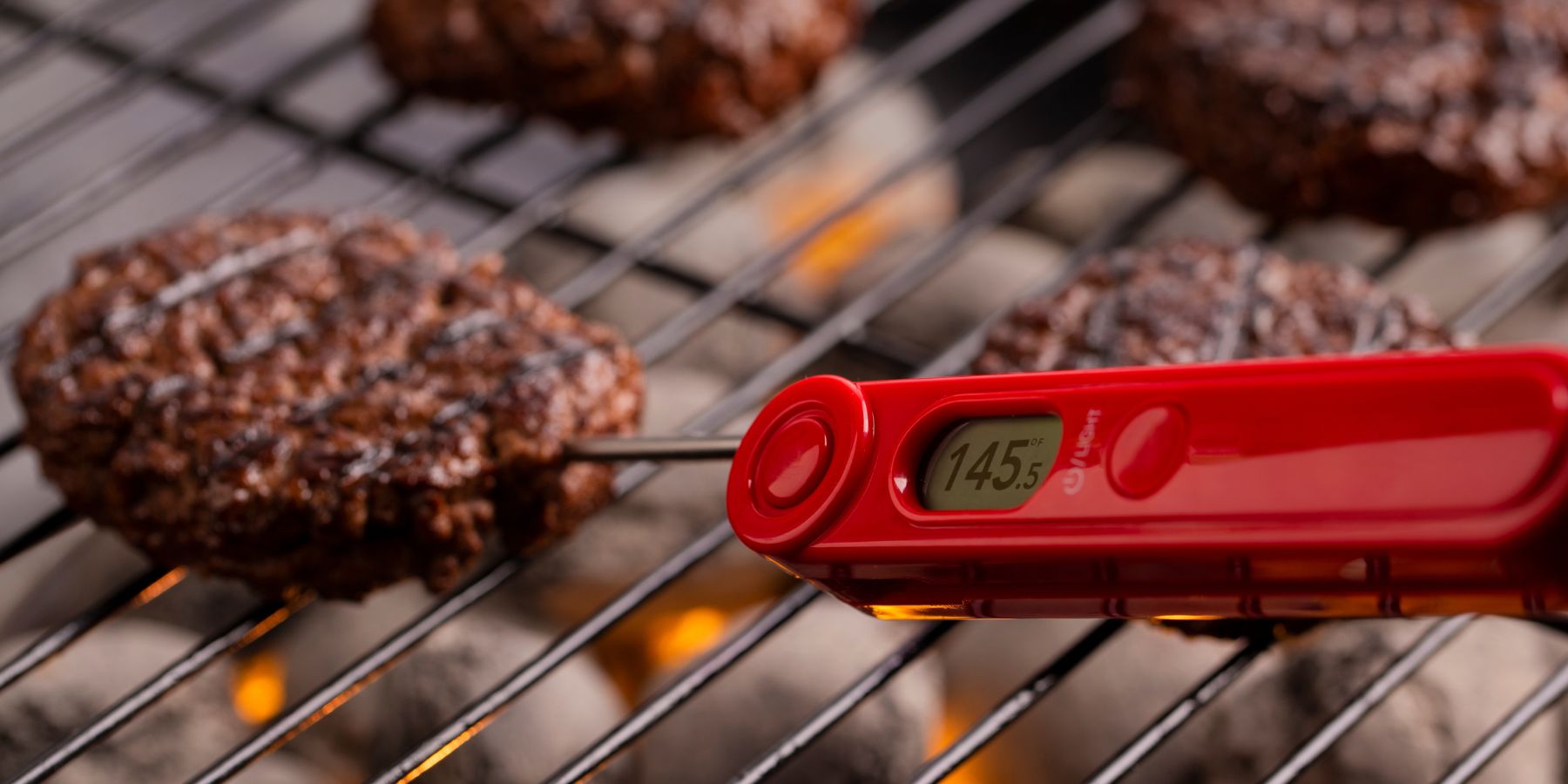Cooking meat to perfection is an art, and a well-calibrated meat thermometer is an essential tool for any chef, whether amateur or professional. Here’s how to ensure your meat thermometer is accurate, so you get perfectly cooked meat every time.
Why Calibration is Important
The accuracy of your meat thermometer can make or break a meal. An uncalibrated thermometer might show the wrong temperature, leading to undercooked or overcooked meat. Regular calibration ensures food safety and quality.
Types of Meat Thermometers
Before calibrating, know what type of thermometer you have. There are mainly two types:
Dial Thermometers: These are traditional and need manual calibration.
Digital Thermometers: They are more modern and usually more accurate, but they still require occasional checking.
When to Calibrate
It's good to calibrate your thermometer:
After you buy it.
If it falls or gets dropped.
After using it for an extended period.
Whenever you doubt its accuracy.
Calibrating with Ice Water
One easy method to calibrate your thermometer is using ice water. Here's how:
Fill a Glass with Ice and Water: Fill a glass with ice cubes, then top it off with cold water. Stir for about 30 seconds.
Insert the Thermometer: Put the thermometer into the ice water, ensuring it doesn’t touch the sides or bottom of the glass.
Wait and Adjust: Wait about 30 seconds or until the needle stops moving. It should read 32°F (0°C). If it doesn’t, adjust it. For a dial thermometer, use pliers to turn the calibration nut. For a digital thermometer, press the reset or calibration button.
Calibrating with Boiling Water
Another method is using boiling water:
Boil Water: Bring a pot of water to a rolling boil.
Insert the Thermometer: Place your thermometer in the boiling water, making sure not to touch the pot’s bottom or sides.
Calibrate: The thermometer should read 212°F (100°C) at sea level. Adjust accordingly. Remember, boiling point changes with altitude, so check your local boiling point if you live in a high-altitude area.
Tips for Accurate Temperature Reading
Insert Correctly: For meats, insert the thermometer into the thickest part, avoiding bones and fat.
Clean Regularly: Always clean your thermometer before and after using it.
Check Battery for Digital Thermometers: A low battery can lead to inaccurate readings.
Store Properly: Avoid dropping or damaging the thermometer.
Common Calibration Mistakes
Avoid these common mistakes:
Not Stirring the Ice Water: This can lead to uneven temperature distribution.
Touching the Sides or Bottom: This gives an inaccurate reading of the water, not the air inside.
Impatience: Give it time to reach the temperature.
Ignoring Altitude Changes: Altitude affects the boiling point of water.
Importance of Regular Checks
Regular calibration checks are vital. Even a few degrees off can mean the difference between a juicy steak and a dry one. It’s a small step that has a big impact on your cooking.
In conclusion, calibrating your meat thermometer is a simple yet crucial step in cooking meat perfectly. By following these steps and regularly checking the accuracy of your thermometer, you'll ensure delicious, safe, and perfectly cooked meals every time.


